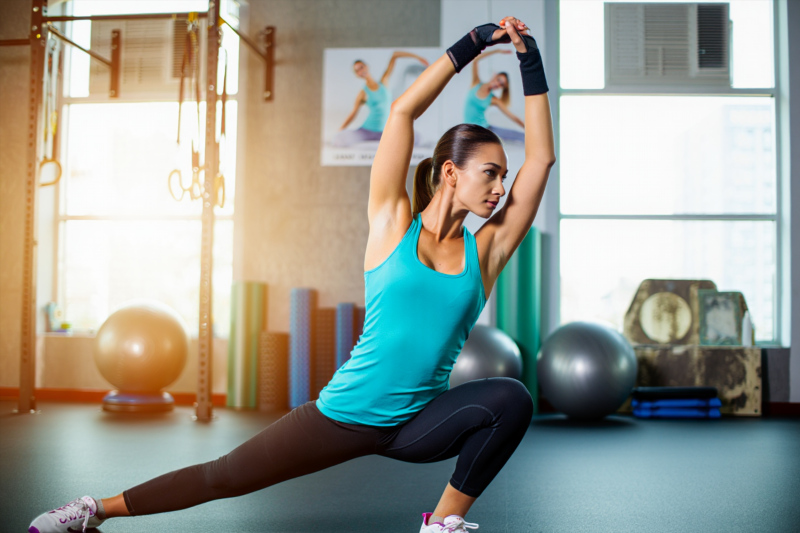
Balance and Flexibility Tips for Better Mobility
In the world of sports and fitness, achieving optimal muscle balance and flexibility is essential for elevating performance, preventing injuries, and enjoying long-term health benefits. Whether you’re an athlete aiming for peak performance or a fitness enthusiast seeking to improve daily mobility, understanding how to effectively balance strength and flexibility is paramount. This article offers expert training tips, practical techniques, and actionable advice to help you develop harmony between muscle groups and enhance your overall mobility. Discover how to easily integrate these strategies into your routine and unlock your full physical potential.
Why Is Balance Between Strength and Flexibility Important?
The Role of Muscle Balance
Muscle imbalance occurs when opposing muscle groups (agonists and antagonists) are unevenly developed, leading to poor posture, decreased mobility, and increased injury risk. For example, overly tight hamstrings paired with weak glutes can cause lower back pain and reduce athletic performance.
The Significance of Flexibility
Flexibility allows joints to move through their full range of motion efficiently. It enhances movement efficiency, reduces stiffness, and supports muscle recovery. However, excessive flexibility without strength can compromise stability, so a balanced approach is key.
Expert Tips to Achieve Optimal Balance and Flexibility
1. Incorporate Dynamic Warm-Ups
Begin each session with dynamic stretching—movements that gently stretch muscles and increase blood flow. Examples include leg swings, arm circles, and walking lunges. This prepares muscles for upcoming activity and promotes mobility.
2. Strengthen with Compound Movements
Focus on compound exercises such as squats, deadlifts, and pull-ups. These engage multiple muscle groups, helping to correct imbalances and build core stability—the foundation of balanced movement.
3. Practice Targeted Stretching
Implement specialized stretching routines aimed at common tight muscles:
| Muscle Group | Stretching Technique | Benefits |
| Hamstrings | Standing or seated hamstring stretch | Improves flexibility, reduces lower back strain |
| Hip Flexors | Lunging hip flexor stretch | Enhances hip mobility, alleviates stiffness |
| Chest | Chest doorway stretch | Corrects rounded shoulders, improves posture |
4. Incorporate Yoga and Pilates
Both practices emphasize controlled movements and flexibility. Yoga enhances joint mobility and muscular balance, while Pilates focuses on developing core strength and postural alignment—both essential for balanced strength and flexibility.
5. Use Self-Myofascial Release
Foam rolling helps relieve muscle tightness and adhesions, enhancing flexibility. Regular foam rolling sessions on tight areas like calves, quads, and back can significantly improve range of motion.
6. Maintain Consistency and Gradual Progression
Balance and flexibility development require patience. Aim for at least 3-4 sessions per week, gradually increasing intensity and duration to avoid overstretching or injury.
Practical Routine for Optimal Results
| Day | Focus | Sample Exercises |
| Monday | Strength & Flexibility | Gym workout focusing on compound lifts + yoga stretch sequence |
| Wednesday | Mobility & Recovery | Foam rolling + dynamic stretching + light Pilates |
| Friday | Balance & Strength | Bodyweight exercises + targeted stretching |
| Sunday | Flexibility Enhancement | Gentle yoga or Pilates session |
Common Questions About Balancing Strength and Flexibility
How long does it take to see improvements?
Improvements vary based on individual starting point, but consistent practice generally yields noticeable changes within 4-6 weeks.
Can I over-stretch and cause injury?
Yes. Over-stretching beyond your current flexibility limits can cause strains. Always stretch within a comfortable range and avoid bouncing movements—use slow, controlled motions instead.
Is it better to focus on strength or flexibility?
A balanced approach is best. Prioritize your weakest areas and incorporate both strengthening and stretching exercises into your routine to develop harmonious muscle function.
Final Thoughts
Achieving a harmonious balance between strength and flexibility is a cornerstone of improved mobility, injury prevention, and athletic excellence. By integrating expert tips—such as dynamic warm-ups, targeted stretching, strength training, and restorative practices—you can craft a personalized plan that promotes muscle symmetry and joint mobility with ease.
Start today and embrace a consistent, mindful approach to training. Unlock your body’s full potential and enjoy greater freedom of movement—your journey to better mobility begins now!
Take Action Now!
Ready to transform your movement quality? Implement these expert tips today and elevate your fitness game. For personalized coaching or advanced training programs, contact our team of specialists to guide your journey toward improved muscle balance and mobility!
[Get Started Now — Contact Our Experts!](#)


